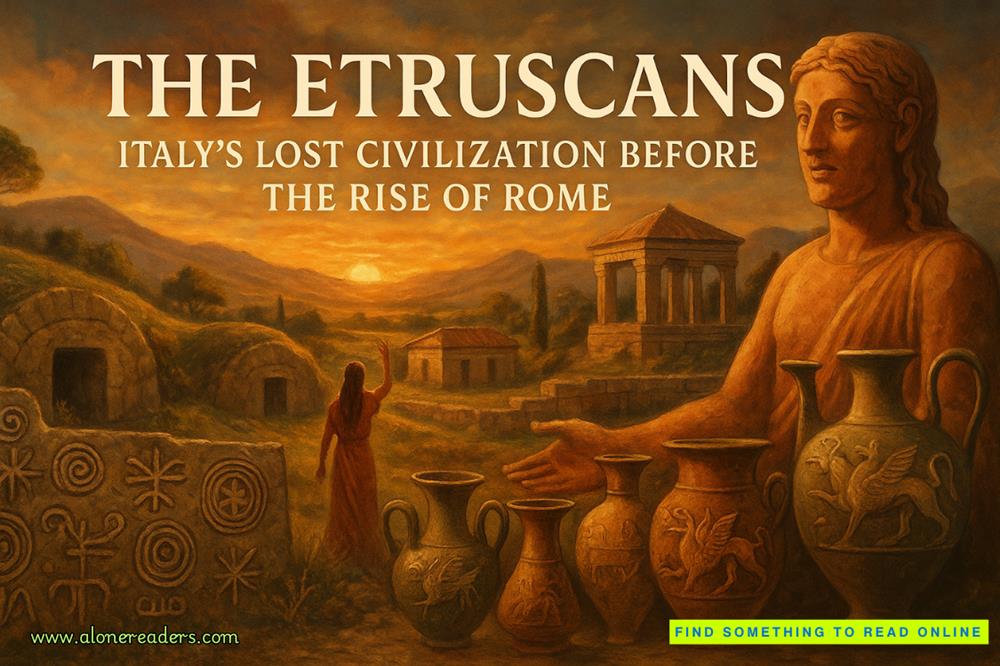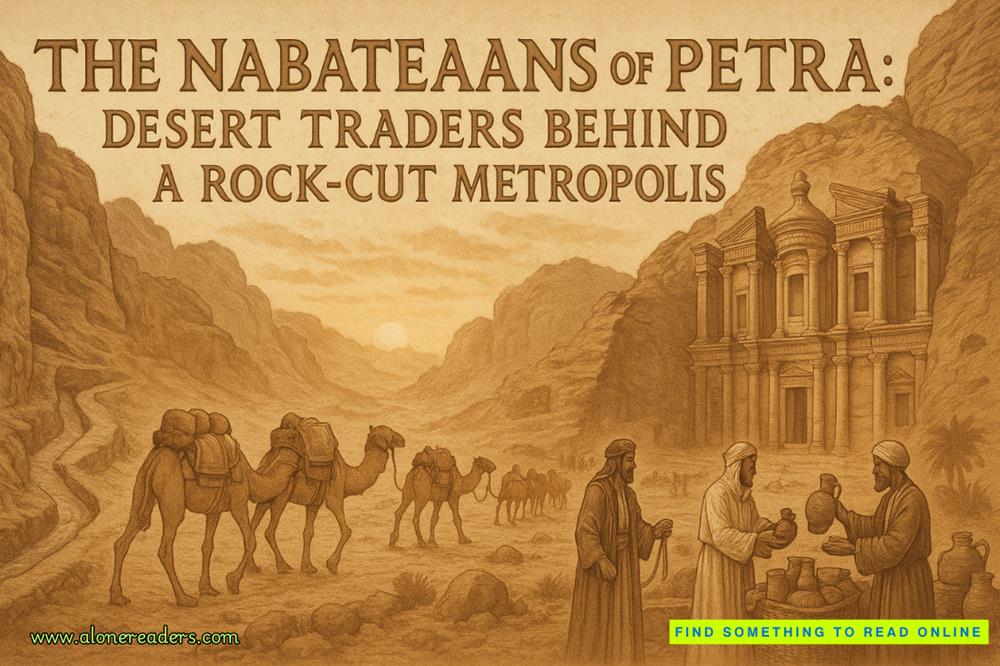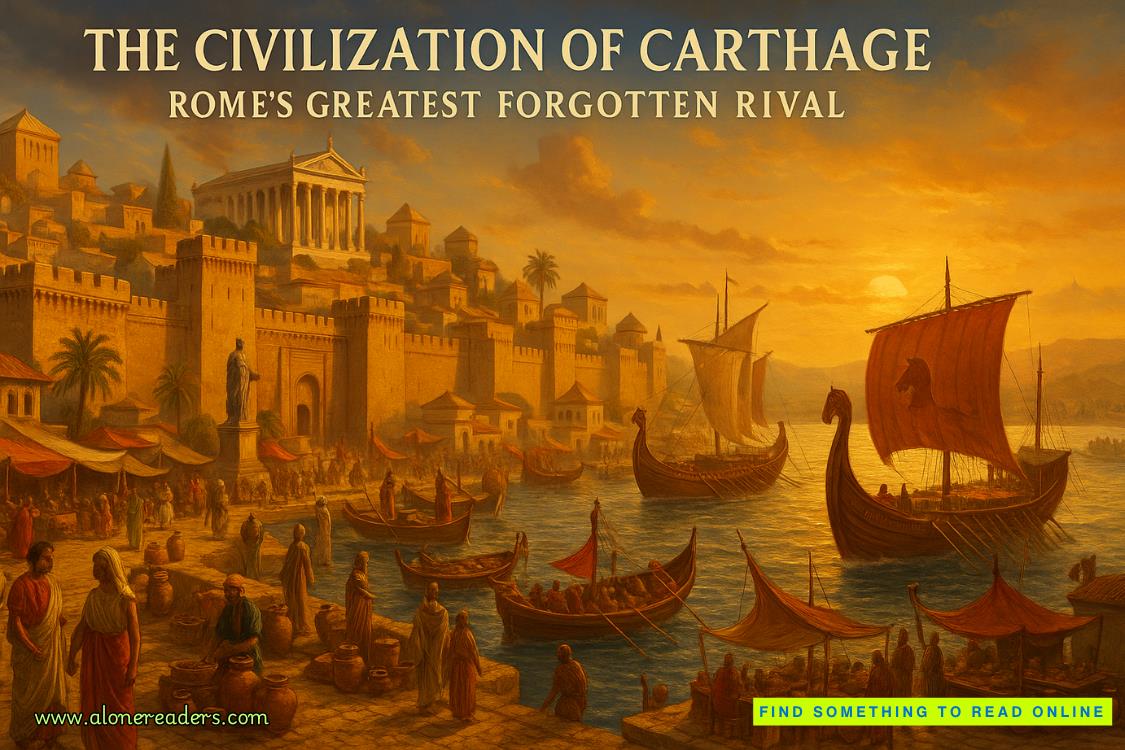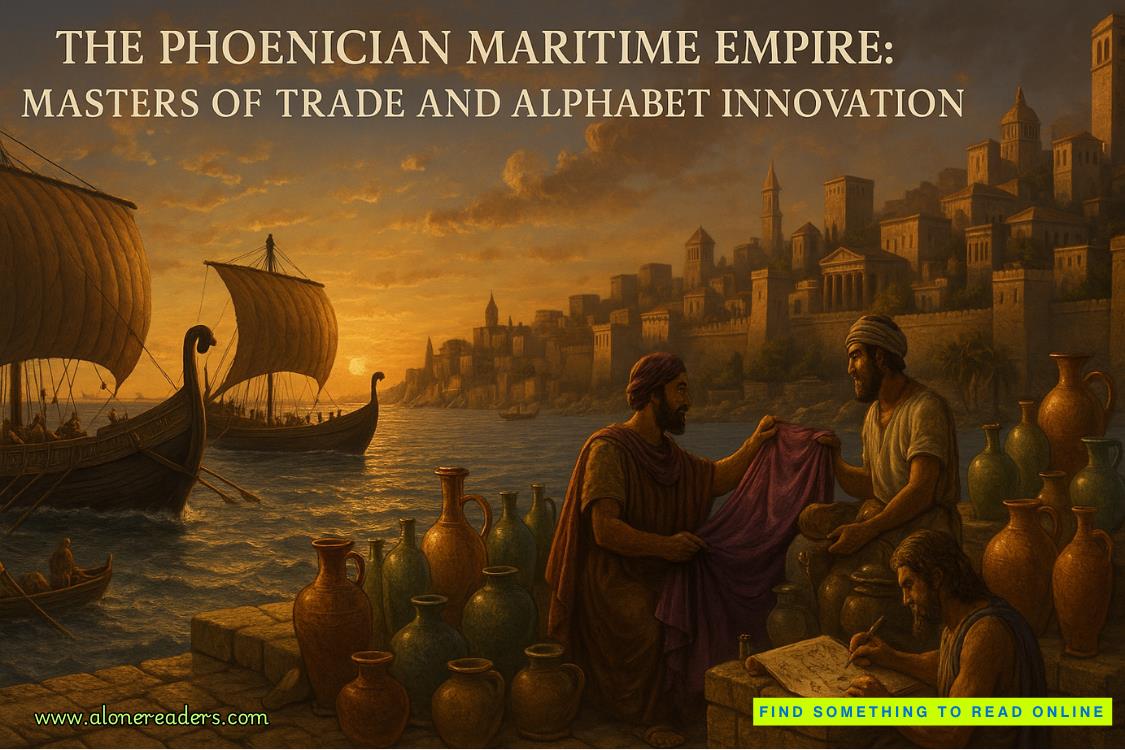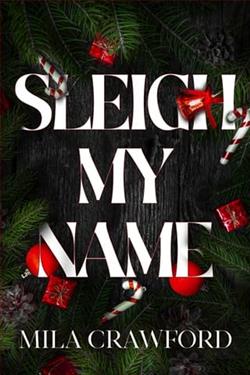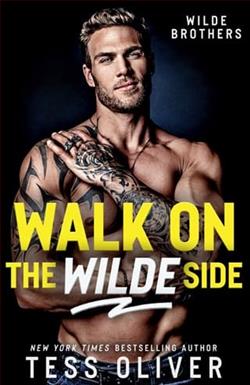Page 116 of Resurrection Walk
“Your Honor, she opened this door,” he said. “And now all of a sudden she wants to slam it closed because she knows that finishing the story might show that the witness has integrity, and that doesn’t fit with the State’s plan to attack his credibility.”
The judge didn’t hesitate in sustaining the objection.
“Counsel is right,” Coelho said. “This door was flung open by the State. I’d like to hear the end of the story. The witness will continue his answer if he has more to say.”
Haller nodded toward Bosch, thanked the judge, and sat down.
“I called the Department of Corrections,” Bosch said. “With the help of an intel officer at Soledad, I was able to determine that the hit man and the transferred inmate Coldwell mentioned had never been in the same cell block and would not have crossed paths while they were both housed there. So that knocked that part of his story out. Then I talked to the mistress and she wasn’t a good liar. Took me about twenty minutes to break her story. She admitted that Coldwell hadn’t given her twenty-five thousand dollars, that she had lied about it because he’d promised her money when he got out and sued the State for wrongful conviction and imprisonment. So that was it. We dropped the case — Mickey and I.”
“So, Mr. Bosch,” McPherson said, “what you want the court to know is that you call them like you see them.”
“I don’t know if that was a question, but yes, I call them like I see them.”
“Okay, well, then, let’s talk about the Sanz case and how you saw it. Okay, Mr. Bosch?”
“It’s what I’m here for.”
“Do you know what geofencing is, Mr. Bosch?”
“Yes, it’s kind of a fancy word for tracking the locations of cell phones through cellular data.”
“It has become a useful tool for law enforcement, hasn’t it?”
“Yes.”
“In your direct testimony you said you have worked on hundreds of homicide cases, correct?”
“Yes, correct.”
“In how many of those cases did you use geofencing?”
“None. It was a technology that really didn’t come out until after I retired.”
“Okay, then how many times have you used it as a private investigator?”
“None.”
“What about as a nondefense investigator working for Mr. Haller?”
“This case was the first time.”
“One case. Would you say that makes you an expert on geofencing?”
“An expert? I don’t know what would make one an expert. I know how to read and map the data, if that’s what you mean.”
“How did you learn to read and map the data?”
“I had some help from Mr. Haller, who was familiar with geofencing from prior cases. But I learned the most when I studied the FBI’s internal field resource guide for agents in this area of investigation. It was put together by the Bureau’s Cellular Analysis Survey Team and is basically a how-to-do-it for agents. It’s very detailed — over a hundred pages — and I read it twice before I started work on the data we received in this case.”
McPherson had not expected an answer that complete and quickly went to sarcasm to cover her error in asking the question.
“Simple as that,” she said. “Take an online course and you’re an expert.”
“It’s not up to me to say whether I’m an expert,” Bosch said. “But it was the FBI’s online course, if you want to call it that. It was designed so that any agent could trace and map the movement of cellular devices. If you’re suggesting that I did it wrong or got it wrong, I would disagree. I think I got it right and it raises a lot of questions about Lucinda Sanz’s culp —”
“Move to strike the witness’s answer as nonresponsive.”
McPherson looked up at the bench, but before the judge could respond, Haller stood.
